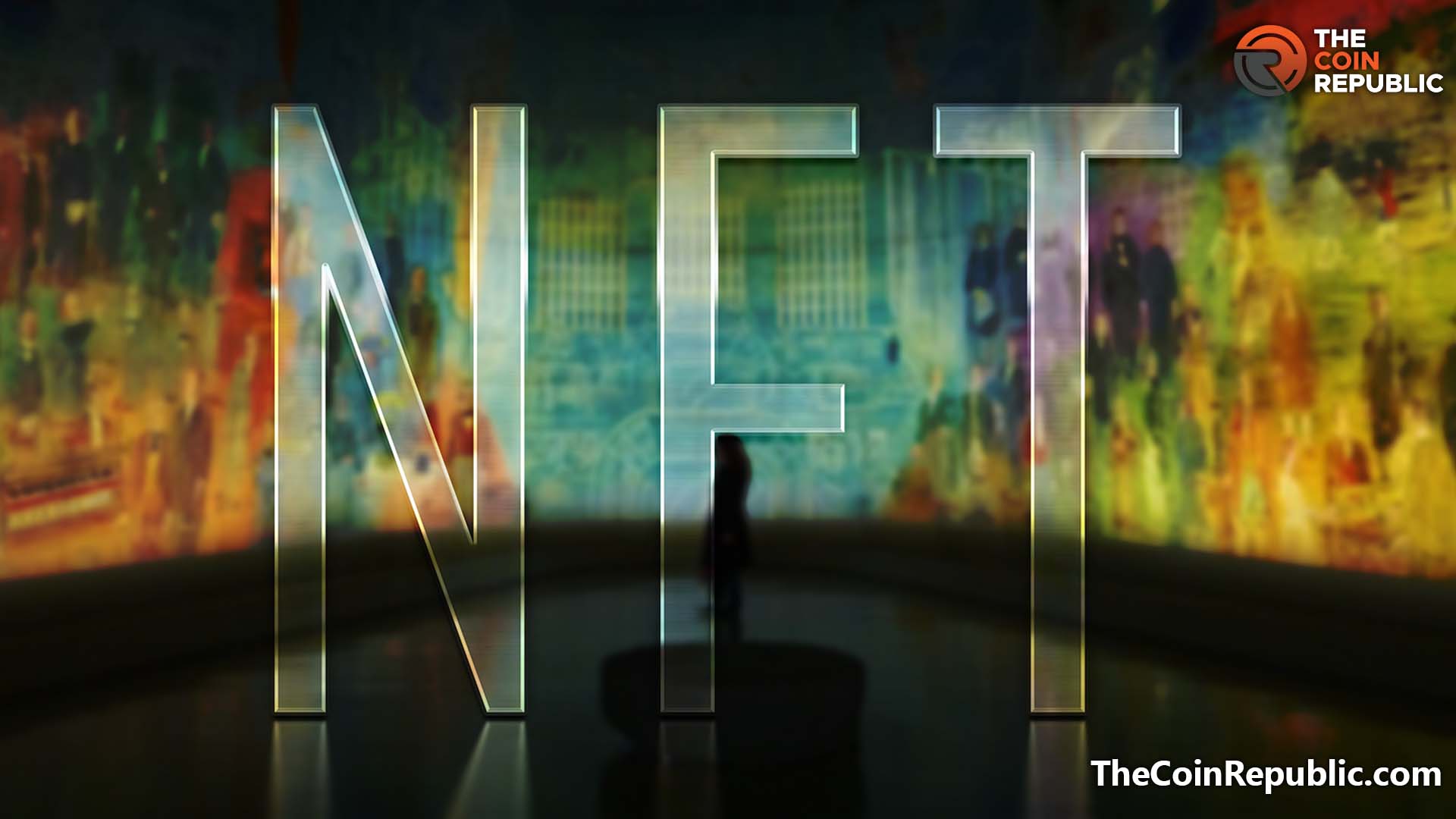Using blockchain to combat insecure banking
With the SAFE Banking Act again stalled in the US Congress and several payment processors withdrawing support for cashless ATMs, Brian Fitzpatrick, CEO of cannabis fintech firm Qredible, says a different approach may be needed: blockchain.
That word was buzzing around the industry a few years ago, but Fitzpatrick’s approach aims to involve the banks more directly in the process from the start.
Read more from Green Market Report’s conversation with Fitzpatrick here.
What can you tell me about the Qredible platform and how it can serve the payment processing industry, especially in the ongoing turmoil of the cashless ATM situation?
Fitzpatrick: The problem is that marijuana is not federally legal. The Safe Banking Act does not exist. It has passed the House several times, but it keeps stalling in the Senate. There is a lot of debate here about whether banks should be in this business if this is not federally legal.
Now I happen to think we are making the problem worse by not authorizing federal banking. If I’m already buying marijuana from the neighborhood dealer and I’m using cash, I might as well stick with the neighborhood dealer.
We believe we must resolve the questions about what the Bank Secrecy Act appears to provide. Banks are regulated by the Bank Secrecy Act. So even if the Safe Banking Act were to pass and there was a federal safe harbor for banks, that doesn’t mean the regulators are just going to say, “Hey, it’s a free for all. Don’t worry about seeing or seeing.”
We certainly have to worry about that, because the Bank Secrecy Act covers a couple of different central parts. One of them is AML, the anti-money laundering requirements for monitoring transactions. And then second is something called KYC, know your customer.
What our platform is really designed to do is help with that KYC monitoring. It does due diligence beforehand. A bank or credit union can send a link to their customer, and that link goes straight to Qredible. Now they are in a secure portal where that customer will then answer all the questions that the banks have to answer in advance for onboarding.
And we are already collecting a lot of information. What the banks ask for, we ask for that plus more. And it is a secure portal. For example, a copy of your driver’s license will be securely uploaded to our platform and cannot be compromised.
There are many solutions out there today that will do that upfront due diligence. And then once a year they’ll do an audit of that company to make sure everything is still copatic. Well, guess what? Know your customer must be done every single day. Our platform is an active daily monitoring of all activities of the company – on their websites, on their social media, on their laboratory reports.
Banks must also reduce their own compliance costs. When this becomes legal through this SAFE bank, the banks are simply going to make it really, really expensive, just like it is today. The smaller banks, state banks and credit unions that do business require a lot of money.
So we’re hoping to not only make it safer, but we’re hoping through technology that we’re able to reduce the cost of compliance, and that the benefit of that cost can be passed on to the end customer.
Post Views: 40


